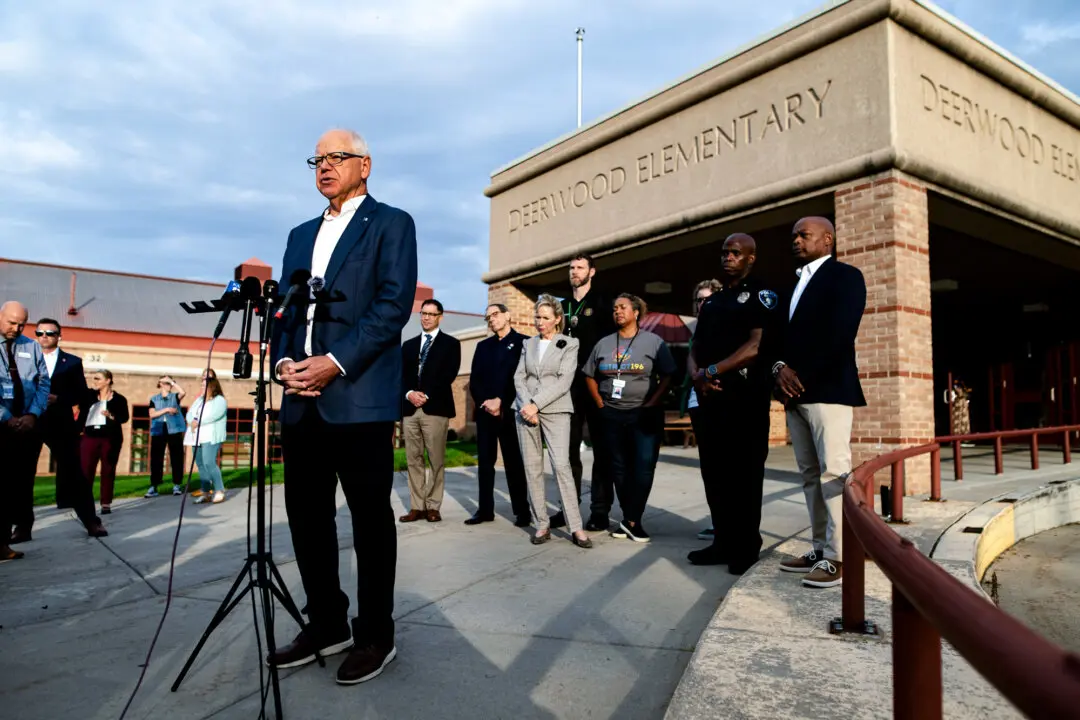President Joe Biden visited coastal California on Jan 19, speaking to business owners about damage to their shops following the deadly storms that have battered the area.
The president toured some of the destroyed buildings and spoke to state authorities and first responders about the outcome of the storm that had already dumped almost 12 inches of rain on the area and killed at least 20 people.





